European Cruise
So, European cruises. What's it like to truly immerse yourself in that journey across an ocean and onto different shores, tasting cultures that are, yet aren’t, your own? It’s not merely a vacation; it’s an exploration—an unraveling of new tales with each port. The essence of this type of travel is discovering, really feeling the pulse of Europe from an entirely unique perspective—a floating boutique of experiences, if you will.
Imagine waking up each morning with a new horizon greeting you—the soft, misty outlines of Lisbon’s hills or the intricate canals of Venice slowly unfolding in the morning light. It’s quite a marvel, really, how each sunrise brings with it the sheer excitement of a novel destination. In essence, this is travel at its finest, a fusion of comfort and adventure that has you sipping coffee one moment and exploring cobblestone streets the next.
The Magic of Maritime Travel
Travel by sea provides an intimacy with the water that isn't possible when you fly over it. There’s something mystically transformative about that, isn't there? It’s like the ocean itself is offering you its secrets in small, decipherable doses. You listen to tales through the ebb and flow, and sometimes, you start crafting a story of your own. A European cruise acts as a massive narrative in itself, a bound collection of stories that we glide through, sometimes barely realizing how much we’re absorbing until we introspectively pause and consider. Also, it’s worth mentioning that there’s nothing quite like sprawling out on a deckchair, the wind in your hair, and feeling every ounce of your stress dissolve over the lazy stretch of ocean.
Cultural Fragments at Each Port
Each port, a spark of something different. Let's talk about that for a moment. You dock in Barcelona, and suddenly, the entire landscape changes—colors more vivid, the architecture a rhythmic blend of old and new. Then, you’re in Athens, and the air is thick with history; every corner store and café seems to whisper ancient secrets. Isn’t it lovely, how a single cruise can encapsulate the poetic diversity of European travel? Rather than being confined to one culture or location, the traveler gets to sample a tantalizing buffet.
Admittedly, the time spent at each destination may be short. Yes, I hear your thoughts on this. Some might question whether a European cruise allows one to dig deep into each culture or if it’s merely a surface-level interaction. I get that—totally. But think about this: it’s like a teaser. Each stop on this journey gives you a taste, just enough to make you want more, urging you to come back and explore further someday. Maybe, just maybe, that’s a beautiful way to travel.
Onboard Atmosphere: A World Within
The ship itself, with endless corridors and hidden corners, is its own small world. I mean, have you ever paused to consider the myriad lives existing aboard a cruise ship? It’s almost like a floating town—a lively buzz of activity interspersed with pockets of tranquility where one might inadvertently find themselves pondering life’s mysteries. Metaphorically speaking, it’s like being part of a transient community. You might converse briefly with someone over dinner one night and then never cross paths again. But there’s beauty in that, isn’t there? Connections formed, and however fleeting, that may stick with you long after the journey ends.
Come to think of it—and this is kind of amusing—the activities on board can be as much of an adventure as the destinations. The cooking classes, wine tastings, and spontaneous dance sessions all add layers to the experience. Some might see this as an essential aspect of travel itself: the learning, the trying, the being. But again, does this detract from the grand adventures on land? Who can rightly say; the enchanting kaleidoscope might just enhance the entire spectacle.
Luxury or Necessity?
Now, here's another thought. There’s often a conversation about whether a cruise is a luxurious indulgence or a necessary means to explore the vastness of Europe. And—let's be honest—it can be both. Indulgence in the sense of enjoying several cuisines, theaters, and spas without leaving your moving hotel. Necessary, perhaps, in the sense that it allows you to experience multiple cultures without the hassle of catching endless flights or trains. It’s about grasping opportunities that sightseeing and adventure afford us.
It might seem, considering, like this form of travel is too structured for some free spirits out there. I mean, after all, isn't travel about spontaneity? The unplanned detours? A constructed itinerary could appear to limit that wanderer's essence, but—and here’s a twist—maybe the unpredictability lies in the people, the subtle interactions, the conversations that linger a little longer than expected. It's these transiently permanent moments that make a European cruise something unexpected and delightfully memorable.
Continued Revelations With Each Wave
My thoughts swing back to the ocean now—its persistent, soothing presence over this entire journey. Each wave, if you think about it, mirrors the realization that travel can be both exciting and terrifyingly vast. In one charmingly odd sense, that suspension over water symbolizes the transitional state travel puts you in: apart from the mundane, and closer to that untethered sense of discovery. It’s a peculiar duality of feeling home nowhere yet everywhere, a comforting constant in the midst of your own transformative encounters.
Isn't it odd that I think of cruises as a reaction—a culmination of conflicting emotions reconciled through the shared silence of the ocean? The realization of limitless exploration yet the comfort of returning to the same familiar cabin each night. A European cruise is like these sentences—a stream of thought unfolding, sometimes confusing, mostly enlightening, and always leading you somewhere new. That’s the true allure, the reason why this form of travel continues to captivate so many. There’s much more rambling to be done on this topic—like the myriad paths unseen beneath the ocean’s horizon—but maybe we've juggled enough thoughts for now. Until the next wave of ideas, anyway.
Crystal 2027 Cultural Sailings, Europe and New York
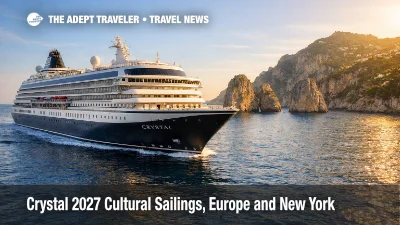
Holland America Start Your Journey Sale, Up To 30% Off
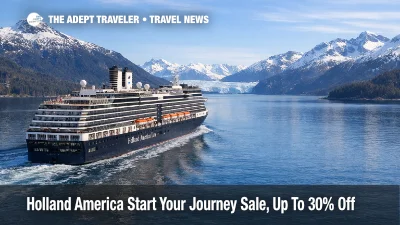
Schengen EES Airport Delays Worsen With Jan 9 Ramp

Elevated Expeditions Swan Hellenic, Book By Feb 28

Wave of Savings Europe River Cruises, Scenic and Emerald

Disney Cruise 50% Deposit Offer, Book by Jan 18, 2026

Celebrity Semi-Annual Sale, 75% Off 2nd Guest
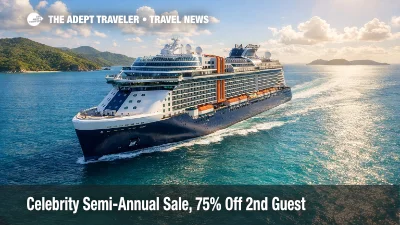
Virgin Voyages Wave 2026, 80% Off, Bar Tab

Hilton Honors Explora Journeys Partnership Adds Sea Stays
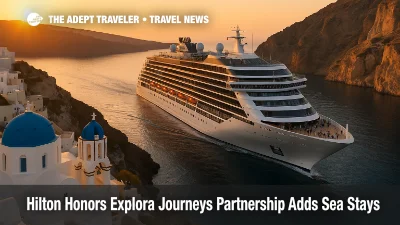
Atlas Extends Black Friday Sale Through December 31

Cunard Black Friday Sale, Up To 40% Off Through Dec 8
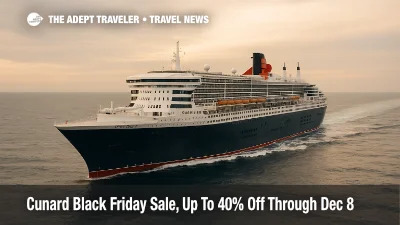
Ritz-Carlton Yachts Reveal 2027 Europe Sailings
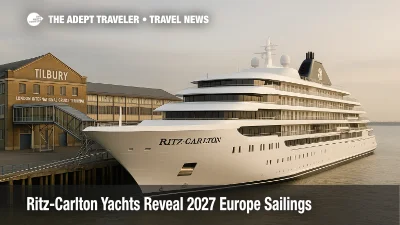
Celebrity Cruises Labor Day sale offers up to 75% off
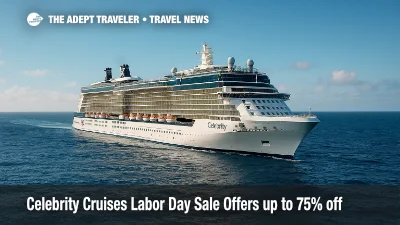
Atlas Ocean Voyages 2027 Europe itineraries unveiled
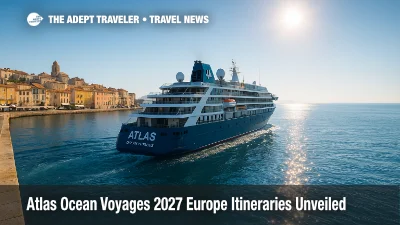
Oceania Cruises' 129-Day Kangaroo Route on Vista
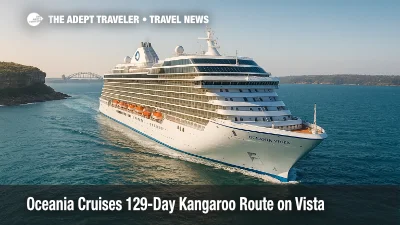
Norwegian Unveils 500 Voyages for Spring and Summer 2027
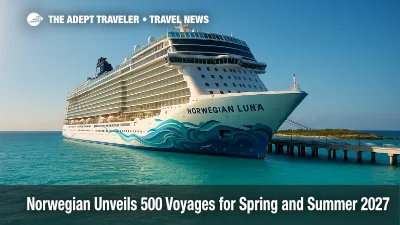
Seabourn's 'Sail Into Savings' Offers Up to 15 Percent and Suite Upgrades

Understanding ETIAS: Europe’s New Travel Authorization System

Explore Europe: Why Off-Season River Cruises Shine

Explore Europe's Best: Top 5 River Cruise Lines Reviewed

